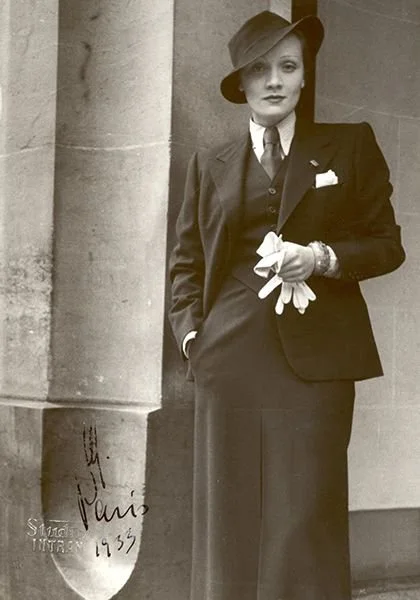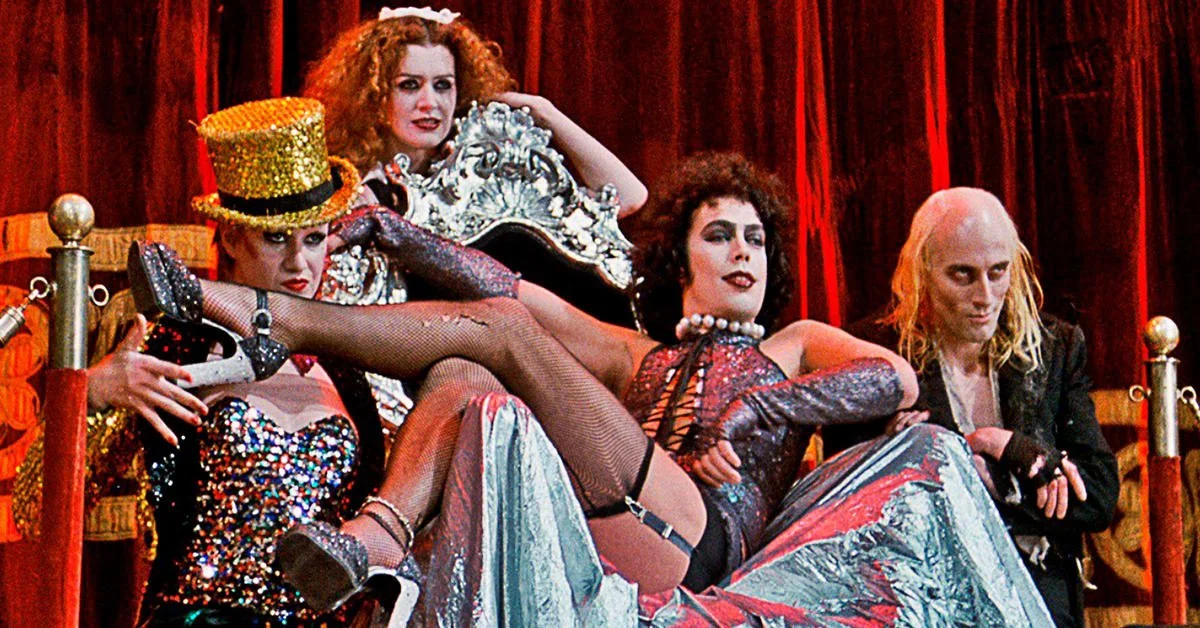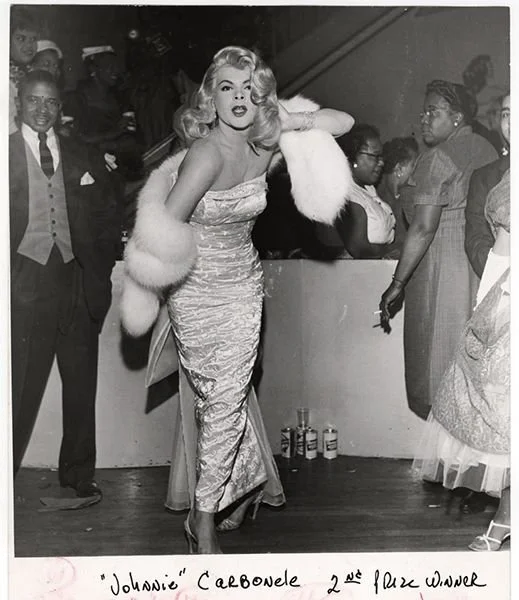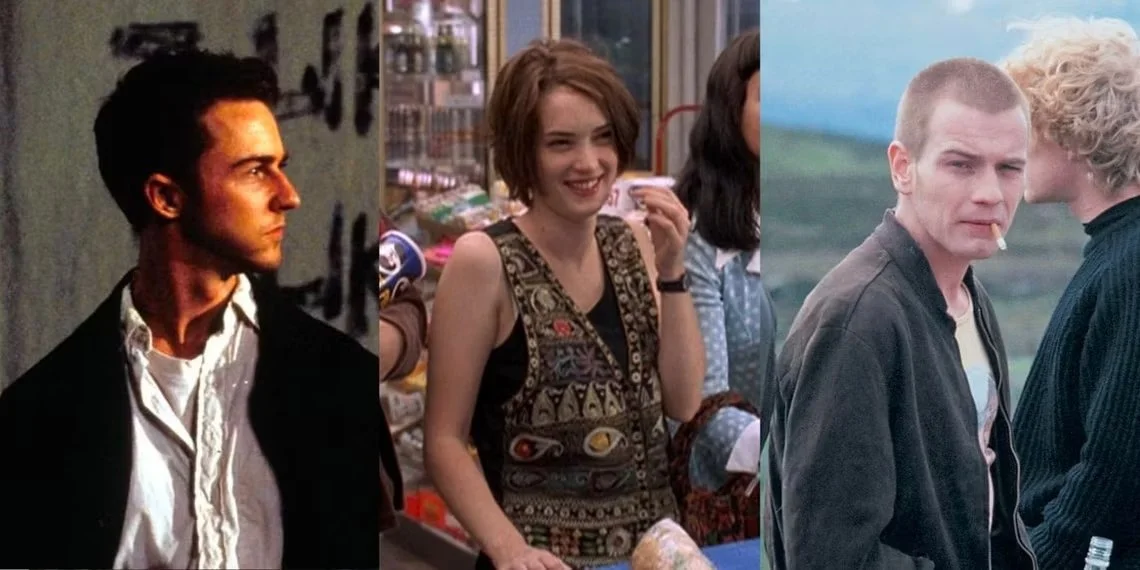100 Years of Queer Fashion
Queer fashion is more out in the open today than it ever was before. Many of us have seen the iconic makeup sported by queer celebrities such as RuPaul and have seen popular artists such as Chappel Roan publicly paying tribute to the historical queer figures that have inspired her drag apparel, so it is hard not to wonder: How did these looks originate?
In this article, we review the history of queer fashion over the past century, and how this has led to the world of queer-inspired looks that we see today.
1910-1930: The Rise of Androgynous Fashion
At the start of the 20th century, androgynous fashion rose to popularity in queer circles as a bold statement against the traditional gender norms that surrounded them at the time. In particular, we see queer women in 1910-1930 challenging expectations of femininity by incorporating traditionally masculine clothing into their style—sporting trousers, tailored suits, and short haircuts.
Courtesy of Fibre2Fashion
Courtesy of Pinimg
This movement was later popularized in more mainstream circles by designers such as Coco Chanel, who took inspiration from menswear by incorporating blazers, pants, and loose-fitting garments that allowed women to move more freely. These radical designs helped make androgynous fashion accessible to a wider audience, laying the groundwork for what would become known as "lesbian chic." Lesbian chic, a style characterized by sleek/tailored suits, cropped hair, and minimalist makeup, emerged in the ‘20s and ‘30s to exude sophistication, rebellion, and sexual independence. Cabarets became havens for this aesthetic expression, further cementing its place in queer fashion history.
1940-1960: The Camp Revolution and the Beginning of Drag
By the mid-20th century, amid the increased repression that queer communities faced during the post-war years, fashion evolved into a much stronger form of resistance. Thus began the introduction of "camp," a style characterized by its boldness and over-the-top flair, which came to define queer aesthetics T the time. Gay men in particular adopted camp fashion as a form of coded communication and self-expression, wearing sequined outfits, bold patterns, and oversized accessories as staple elements of their looks.
Courtesy of Domestika
Drag culture began to later blossom in the 1950s and 1960s as queer performers took to constructing hyper-feminine personas. Taking inspiration from the glamorous costumes and looks in Hollywood at the time, drag queens used fashion not only for beauty but to craft larger-than-life personas that seemed to tell their story. Drag shows gave drag queens a platform to showcase these extravagant looks, allowing them to mix fashion, theater, and activism.
Courtesy of Pinterest
Grunge/Queercore and Club Kids Movements
In the late 20th century, we see the rise of alternative subcultures that used fashion to rebel not only against mainstream circles but the conservative circles within the queer community itself. Born out of the punk rock scene, the queercore movement used fashion as a tool for political rebellion. It particularly criticized the growing commercialization of the queer community, with looks characterized by ripped clothing, safety pins, and combat boots. Using these looks as symbols of an anti-establishment resistance, this movement was intended to be unapologetically gritty–rejecting capitalism and its role in the mainstreaming of their culture.
Courtesy of Who What Wear
Courtesy of Collider
At the same time, the Club Kid movement rose to fame in the nightlife scene in urban areas such as New York City. Club Kids used fashion as a form of extreme self-expression, with wild makeup, stand-out costumes, and gender-bending attire that blurred the lines between fantasy and reality. Pushing fashion to new, dramatic heights, queer individuals emphasized creative, often homemade looks as essential elements of expression.
Featured Image Courtesy of Amazon






